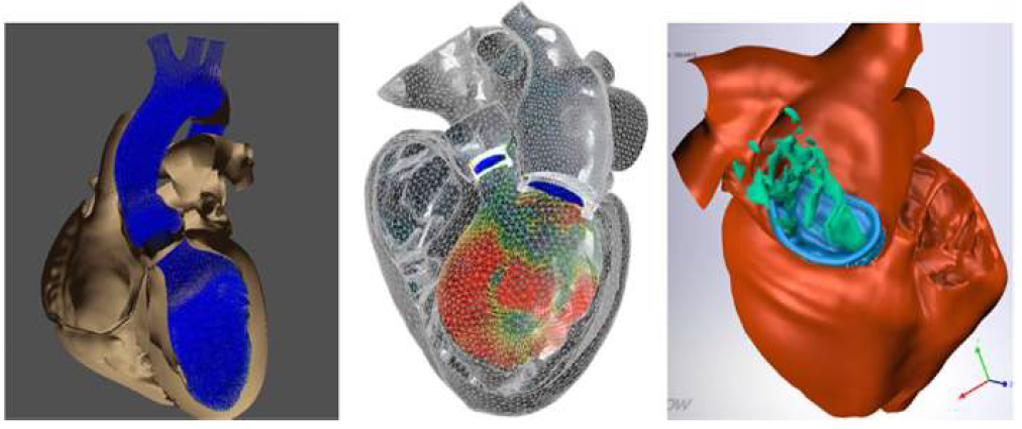Cardiovascular disease remains the leading cause of death in Cardiovascular disease remains the leading cause of death in developed countries. After the introduction of stents in the 1980s mortality rates declined, yet those gains have since plateaued, signaling the need for a new generation of treatments that are safer and more effective. To achieve this goal, it is important to understand both the physical device-body interaction as well as the physiological changes induced by the device.

Computational tools are uniquely capable of accounting for cardiac/vascular tissue mechanics, blood flow, and the interaction between them, yet are currently under-utilized due to their complexity. The SIMULIA Living Heart Model (LHM), an anatomically and physiologically realistic 3D model of a human heart, provides a platform to better understand the human heart in healthy and diseased states as well as to improve the efficacy of cardiovascular medical devices and to guide the clinical treatment of heart disease. In this paper, we focus on the modeling of blood flow which encompasses a wide variety of conceptual and technical approaches. These range from 0D/1D lumped parameter models (LPMs) of the cardiovascular system to highly detailed 3D fluid-structure interaction (FSI) co-simulations.Using applications from medical device design and patient care, we discuss best practices in the context of the problem being modeled and the level of accuracy desired.
Karl D’Souza1, Bjoern Butz1, Matteo Bianchi2, Ram Ghosh2, Wojtek Zietak3, Danny Bluestein2
1Dassault Systèmes, USA, 2Stony Brook University, USA; 3Capvidia, Belgium